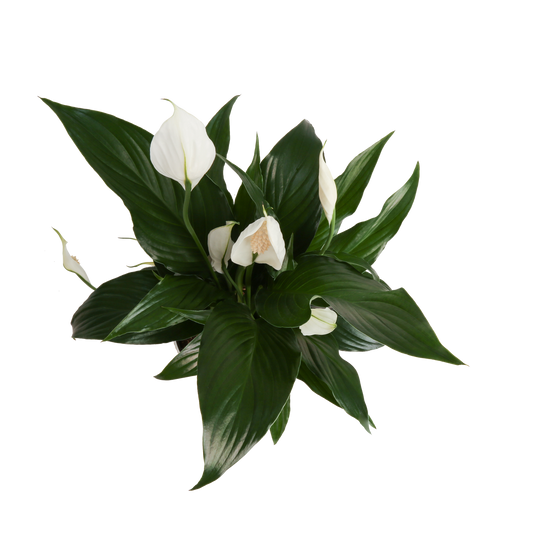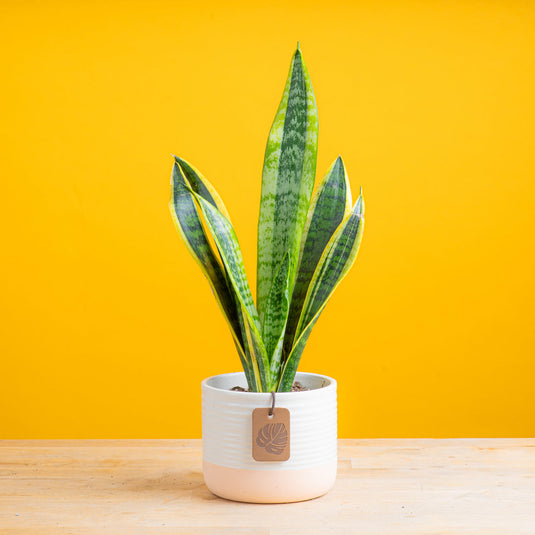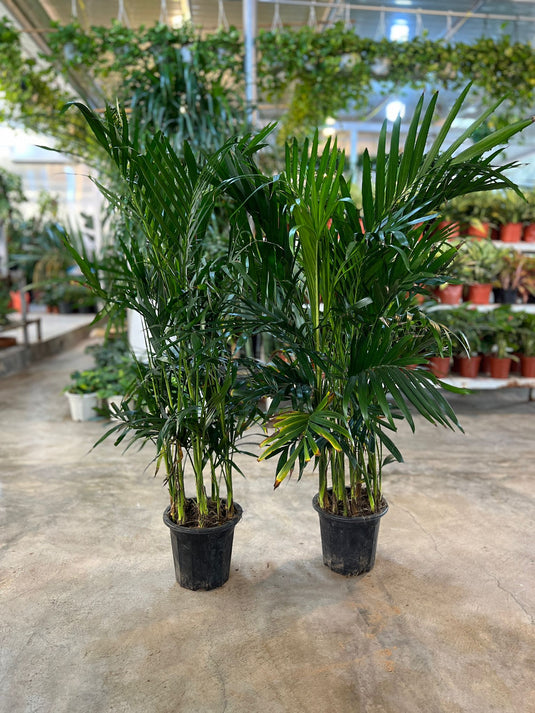Eranthemum Red
- Healthy Arrival Guarantee
- Free Plant Care Consultation
- Safe & Secure Payment

We will send you a notification as soon as this product is available again.
-
Estimated delivery: Dec 07 - Dec 11
-
Free return within 7 days of purchase.
Plant Description
Eranthemum Red, also known as the Red Eranthemum, is a tropical shrub renowned for its vibrant red flowers and lush foliage. It is commonly used in landscaping and ornamental gardening for its striking appearance. The global ornamental plant market is projected to reach approximately $100 billion by 2030.
Discover 5 Incredible Benefits of Eranthemum Red for Your Space
1. Aesthetic Appeal
Eranthemum Red adds vibrant color and beauty to gardens and landscapes. Its striking red flowers attract attention and can enhance the overall aesthetic of outdoor spaces (Bhamare et al., 2019).
2. Attracts Pollinators
The flowers of Eranthemum Red are known to attract pollinators such as bees and butterflies. Studies show that planting flowering shrubs can significantly increase local pollinator populations (Ghazoul, 2005).
3. Erosion Control
This plant can help prevent soil erosion due to its dense root system. Research indicates that deep-rooted plants effectively stabilize soil, reducing runoff and maintaining soil health (Berg et al., 2010).
4. Low Maintenance
Eranthemum Red requires minimal care, making it suitable for busy gardeners. Studies show that low-maintenance plants can reduce the time spent on garden upkeep while still providing aesthetic benefits (Jain & Sharma, 2018).
5. Versatile Landscaping Options
Eranthemum Red can be used in various landscaping applications, such as borders, hedges, or accent plants. Its adaptability makes it a favored choice among landscape designers (Sundararaj et al., 2021).
Disadvantages
· While it flowers seasonally, this characteristic encourages gardeners to plan for year-round color in their landscapes.
· Though sensitive to frost, this aspect promotes the selection of complementary plants suited for colder climates.
· Although it can grow tall, this trait can be managed with regular pruning, promoting skill development in plant care.
· Occasional monitoring for pests is necessary, fostering vigilance and plant health awareness among gardeners.
Frequently Asked Questions
1. Is Eranthemum Red visually appealing?
Yes, Eranthemum Red's vibrant flowers add significant aesthetic value to gardens and landscapes.
2. Does it attract pollinators?
Yes, the flowers attract beneficial insects such as bees and butterflies, supporting local ecosystems.
3. Can it help with soil erosion?
Yes, its deep root system aids in preventing soil erosion, making it beneficial for maintaining soil stability.
4. Is it easy to maintain?
Yes, Eranthemum Red requires minimal care, making it suitable for gardeners with limited time.
5. Is it versatile for landscaping?
Yes, its adaptability allows it to be used in various landscaping applications, enhancing design options.
Final Verdict: Should I Buy Eranthemum Red?
Yes, investing in Eranthemum Red is worthwhile due to its aesthetic appeal, ability to attract pollinators, and low maintenance requirements.
Plant Care
Watering
Water your plant once a week or when the soil starts to feel slightly dry on the surface. Keep the soil consistently moist, but be careful not to overwater, as this can cause brown spots and leaf drop. If the leaves become curly or dry, it's a sign that the plant needs water. It's best to water your plant in the early morning or late evening when the temperatures are cooler. Always check the soil before watering.
Light
Provide bright indoor light or indirect sunlight for about 6 to 8 hours a day.
Temperature
Maintain temperatures between 18°C and 24°C. Avoid exposing the plant to drafts, as these can cause undesirable temperature fluctuations. Mist the plant occasionally, about twice a week, to help maintain optimal humidity levels.
Fertilizer
Apply liquid fertiliser every 15 days when the plant is actively growing. For best results, use Folikraft ready-to-use Indoor Plant Food.





















